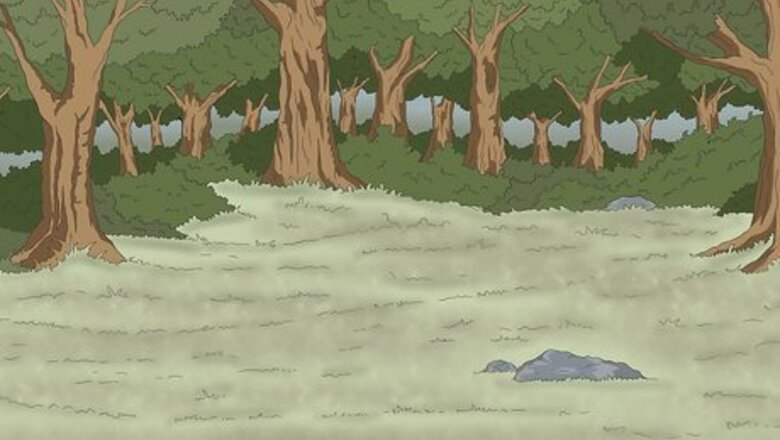
views
Building the frame for the fort
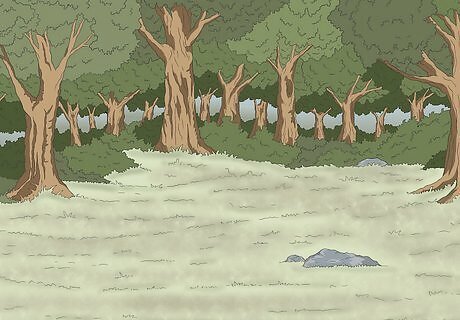
Go to the general area you want your fort. This can be your backyard, a forested area, or really any place you want it.
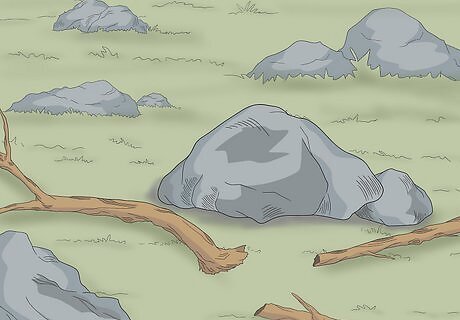
Look around for big boulders, thick fallen trees, a stream, and/or open space. These will be useful in building your fort.
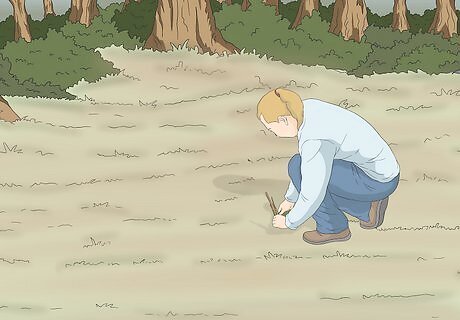
Mark out the space you want your fort. It can be as big as you want. Start clearing away debris like leaves, grass, and sticks.
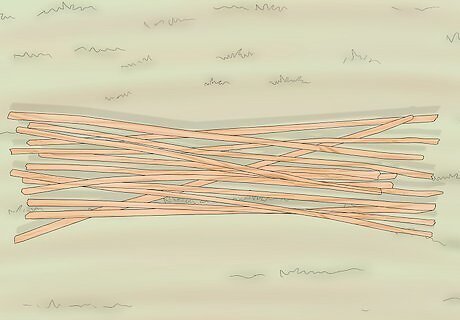
Gather long sticks that are 6 to 12 inches taller than as tall as you want your fort to be. They don't have to be huge, in fact, skinny branches about as wide as a half dollar coin work very well.
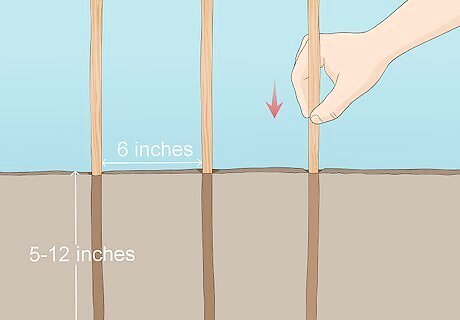
Make a hole in the ground as wide as your sticks and 5 to 12 inches deep around the edge of where you want your fort. Do this about every 6 inches. These will be the walls, so keep in mind that the boulders and fallen trees can act as walls for your fort, too. Use those when you can.
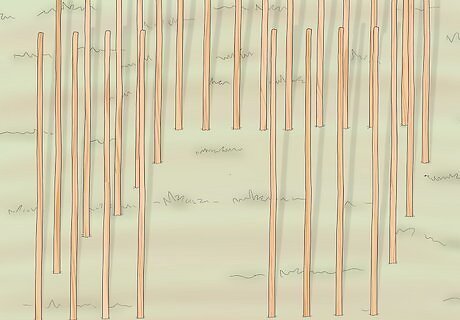
Insert the sticks into the holes and make sure they stay upright on their own. Keep a space clear for the door.

If the sticks do not stay upright, dig the holes deeper and make sure the thicker end is at the bottom.
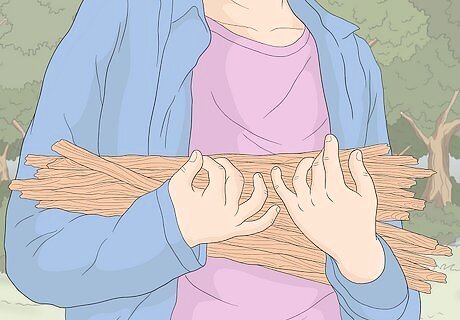
Gather more sticks of any width. These should be a minimum length of 15 inches (38.1 cm).
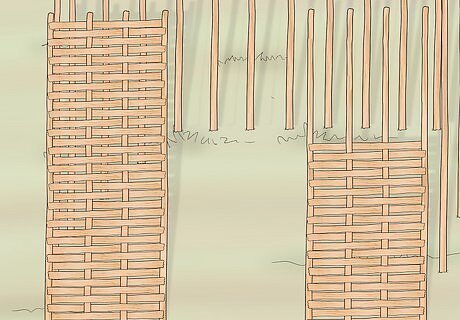
Start the bottom of the upright sticks by the door. Place a 3 foot long stick with a similar width to the upright ones. Weave it in and out of the upright sticks. Do this the whole length of your fort. In, out, in, out, in, out, in, out, making sure you alternate. Most sticks will only go in and out of two sticks, so don't force them, or they will break. Try to keep from having two consecutive layers of sticks both facing in or out.
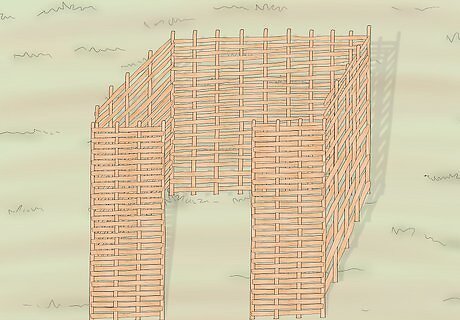
Keep layering your sticks until you have created a solid wall all the way up. It should resemble a bird's nest.
Making the insulation
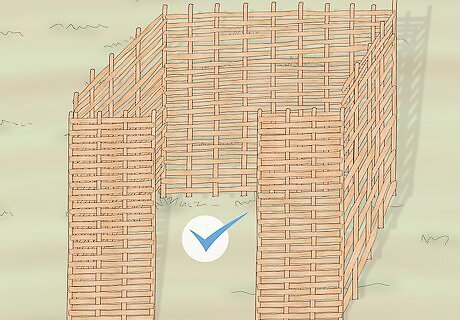
Ok. You have your walls and frame. Now, you want your insulation.
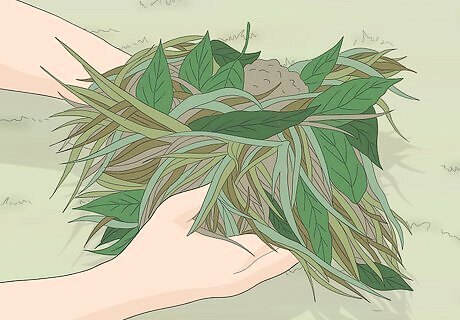
Gather leaves, grass, sod, moss, or any plant that you can stuff into the frame. Pine straw insulates well, and it is very common in eastern coastal America (Florida - Maine.) Stuff it very tightly. Remember that these will eventually dry out and become thinner, so keep a little extra on hand.
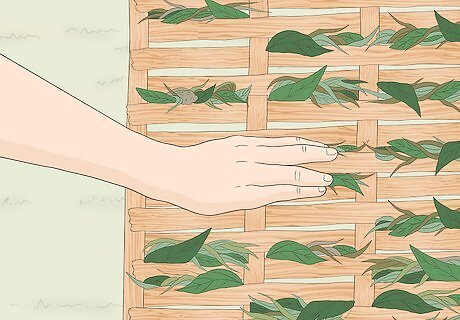
Once you have your basic leaves and moss and grass shoved into the frame, consider covering weak parts of your insulation with mud. This will stop anyone from peeking inside, stop extreme temperatures from getting in, and also provides a more professional look to the overall finish.
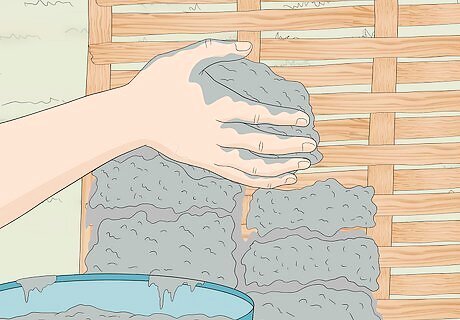
If you do decide on mud, get a bucket like the kind you use to make sand castles at the beach or wash your car with. Fill it halfway with water (this is why it is handy to have a stream nearby). Fill the rest with dirt and a few torn up leaves. The mix should be the consistency of sludge. Then, using anything from your hands to a spoon, plop a bunch of the mixture onto the walls. Keep mixing this until you have all the weak spots covered. You can do the entire wall if you want. Let it dry.
Adding a door
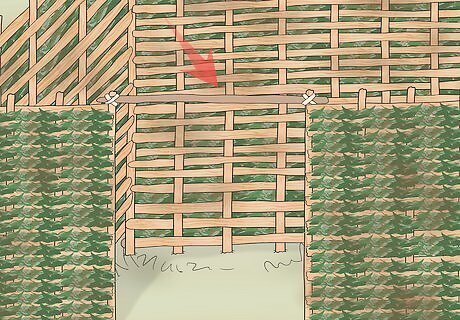
Find a stick that spans across the door. Secure it by lashing twine, rubber bands or parachute cord to the rest of the fort so that it makes a door frame.

Find an old towel or something similar. Tie that to the top stick.
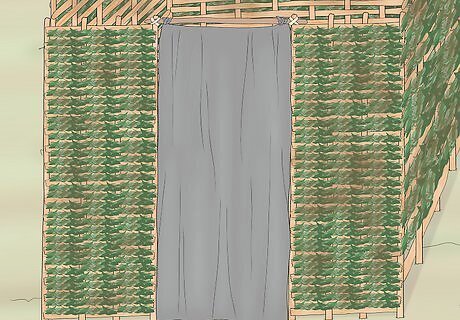
Dye the door to make it look more natural, if wished. This can be done with black walnut stains or paint.
Adding the roof
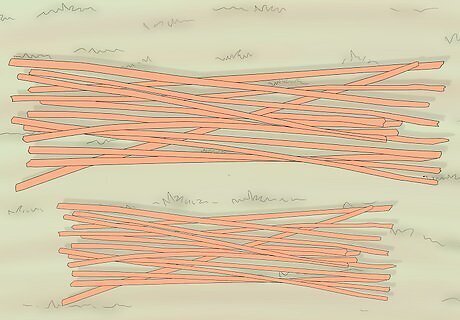
Every fort needs a roof. Gather more (yes, more) sticks if your fort is small. If it is larger, consider a tarp or tin roof.
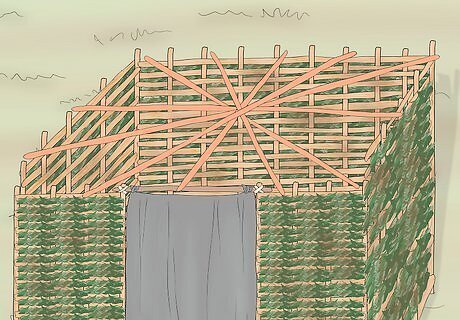
If you choose to continue, crisscross the sticks across the fort.
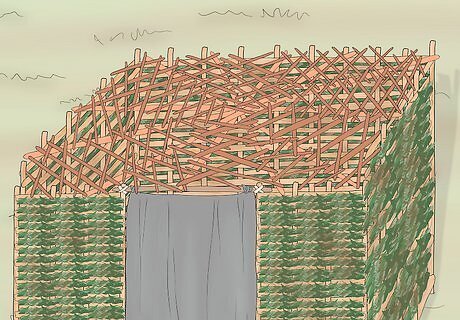
Then do the same with smaller sticks to the bigger ones. The result should leave little shafts of light pouring into the fort.
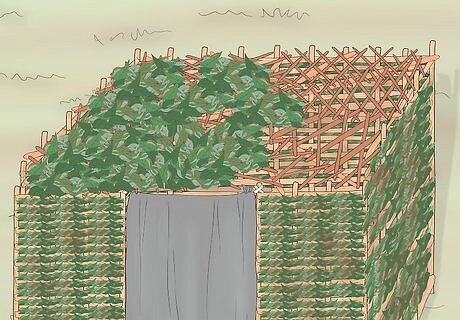
Layer leaves, grass and moss on top of the sticks and continue with mud, as for the insulation. If you often get snow in your area, try not to make the roof too heavy- It could collapse.
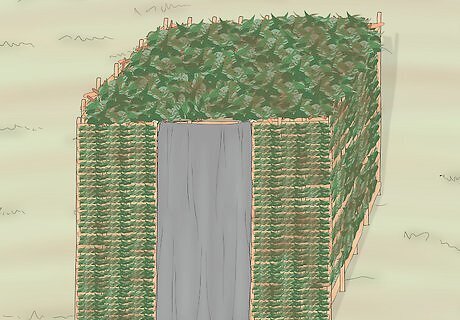
Done!




















Comments
0 comment